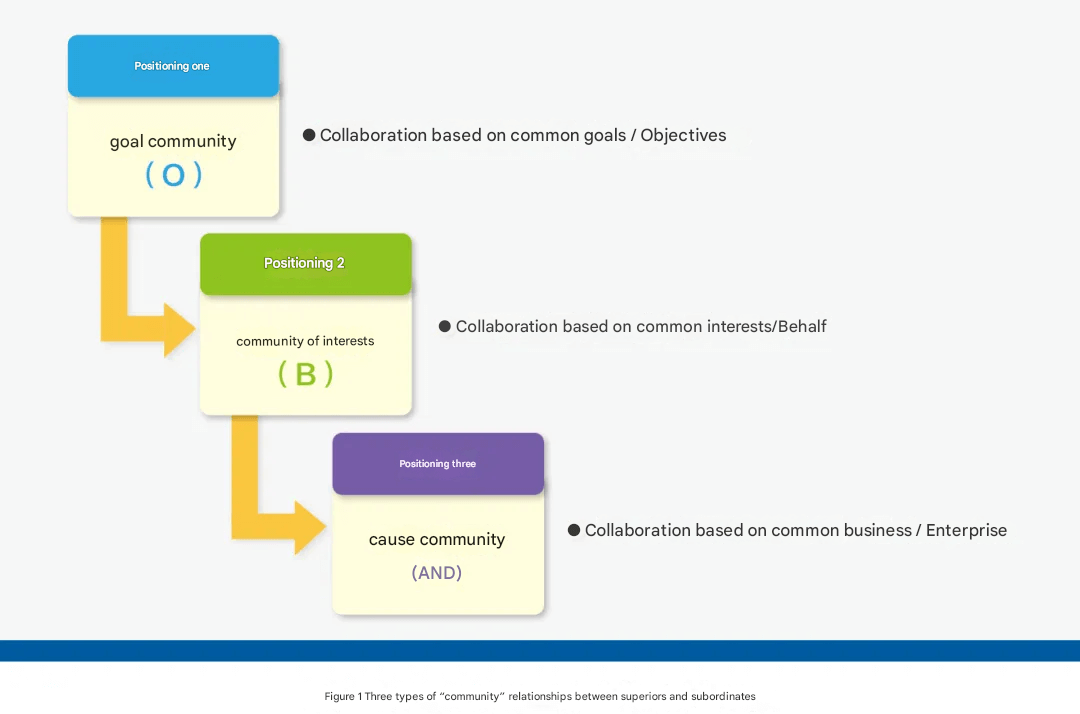Effective management is a key driver of organizational success, but many companies face significant challenges due to leadership missteps. This article outlines 15 critical factors that contribute to management failure, offering insights into how clear goals, strategic focus, team alignment, and emotional intelligence play pivotal roles in achieving business success.
Unclear Goals
Remember Colgate's iconic slogan—“No Cavities”? The goal was crystal clear: prevent cavities. Expanding on this, they set a further goal to “Strengthen Teeth.” Having a clear goal provides direction, making it easier to execute strategies. Before discussing execution, it is essential to clarify what needs to be done. Once the right goals are set, they can be categorized into "basic goals," "challenge goals," and "extreme goals." With these objectives and measurable indicators, execution can take place more effectively. In terms of execution, goals serve as both a pull and a push force.
Lack of Clear Strategy
A lack of clear and focused strategy, or constantly shifting strategies from year to year, drastically reduces execution power. Take Kmart, once a giant in the American retail industry, as an example. Initially, it focused on low-end products but became confused after facing fierce competition from Walmart. It pivoted to high-end retail but couldn't compete with Target, leading to its downfall. This shows that strategy cannot be casually altered. An unclear strategy can bring immense losses to a business.
Unclear Instructions
When upper management fails to communicate clear strategies and objectives to lower levels, it leads to confusion at the execution level, significantly weakening results.
Inefficient Communication Channels
Inefficient communication channels manifest in two ways:
First, the top-down communication, where middle management may distort or withhold information if it goes against their interests, causing execution delays.
Second, bottom-up feedback, where issues encountered at lower levels do not get escalated due to obstacles in middle management, resulting in unresolved problems. These communication barriers hinder execution.
Insufficient Staffing
Without the right people in the right roles, projects fail to move forward. A lack of the necessary talent severely impacts the ability to execute plans.
Unreasonable Organizational Structure
When organizations become bloated and roles unclear, tasks fall into disarray. With "square pegs in round holes," collaboration becomes difficult, inefficiency rises, and work slows down.
Unclear Responsibilities
When departmental or job responsibilities are vague, tasks are randomly assigned, leading to employees not knowing their roles. As a result, it becomes impossible for them to fulfill their duties effectively.
Failure to Prioritize
When everything is given equal importance, there is no focus on critical tasks. Businesses should follow the "80/20 Rule"—80% of the results come from 20% of the efforts. By identifying and focusing on priority tasks, execution can become much more effective.
Lack of Proper Follow-Up
We've often heard leaders say, "I don't care about the process, just the results." This mindset is flawed. When problems arise during execution, if follow-up is neglected, delays and inefficiencies will increase, diminishing overall execution effectiveness.
Inconsistent Standards
Without clear standards for what constitutes a successful outcome, employees are left in confusion. The solution is to break down execution targets into measurable standards for each role. This way, employees have clear reference points and performance benchmarks, preventing subpar results.
Undefined Rewards and Penalties
When there is no distinction between high and low performers, employees lose motivation. Without clear incentives, execution suffers.
Lack of Teamwork
A major reason for low productivity in Chinese enterprises is the absence of team spirit. It echoes the saying: "One monk carries water, two monks carry water together, but three monks have no water." Without teamwork, efficiency plummets.
Impractical Company Culture
Company culture defines a business’s unique identity. Overly lofty or impractical cultural pursuits can harm execution. A simple, realistic company culture supports, rather than hinders, execution.
Insufficient Training
Studies show that for every dollar invested in training, companies see a threefold return. This is why American and European companies invest heavily in training and establish internal corporate universities. However, many Chinese companies underestimate the value of training, investing lavishly in entertainment but skimping on staff education. A learning organization is a foundation for successful execution.
Low Emotional Intelligence (EQ)
EQ encompasses emotional awareness, belief systems, attitudes, perseverance, and passion. Oftentimes, highly educated individuals overthink, hesitating to act and looking for a way out, which results in unfinished tasks. On the other hand, individuals with lower education may have fewer options but follow orders and push through challenges. This often leads to better results. The same applies to organizations—those with higher EQ tend to execute more effectively.







